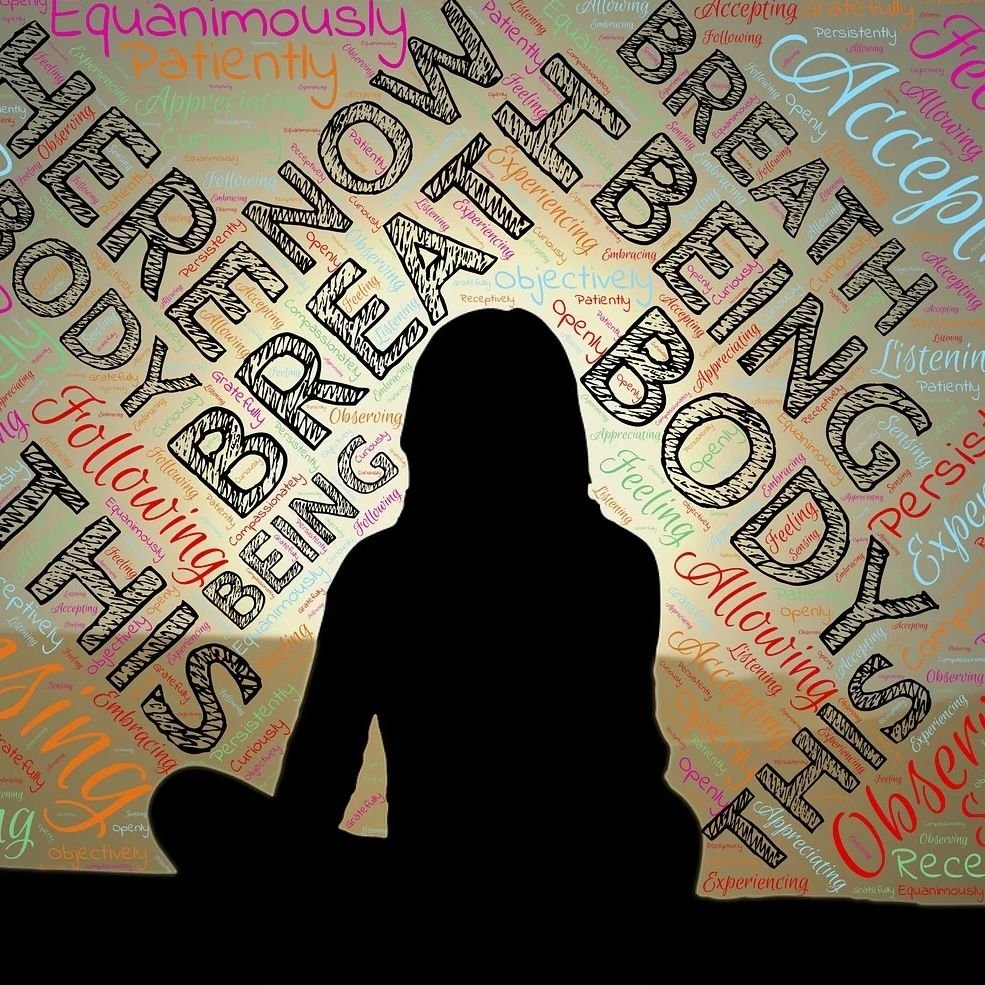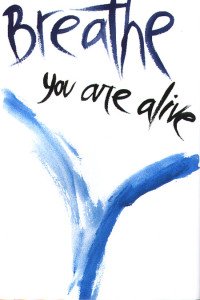
The Importance of Breath for Healing and Structural Integrity
 Breathing with the diaphragm is crucial to healing from structural injuries, whether they are generated from injury or shock. When we get into accidents, arguments, or other physically or emotionally traumatic experiences, our initial response is to hold our breath. By locking the diaphragm, we signal our body to go into a state of shock. This shuts down many of our restorative physical systems, and re-routes energy to our muscles so that we can fight or flee as necessary to get through the situation we are in.
Breathing with the diaphragm is crucial to healing from structural injuries, whether they are generated from injury or shock. When we get into accidents, arguments, or other physically or emotionally traumatic experiences, our initial response is to hold our breath. By locking the diaphragm, we signal our body to go into a state of shock. This shuts down many of our restorative physical systems, and re-routes energy to our muscles so that we can fight or flee as necessary to get through the situation we are in.
Once that moment passes, it is necessary that we consciously release the contraction from the diaphragm. If we do not, the contraction (at this point, a fixation) in the diaphragm will persist, and will continue to keep us in a state of shock, during which the body cannot heal tissue or perform vital functions.
The diaphragm has 3 essential functions:
1. It provides a platform of support between the top and bottom of the body.
It is at the diaphragm that our body twists to accomplish contra-lateral coordination between our shoulders and hips as we walk and work. When it is fixated, not toned, or not working properly, our structure collapses and twists, creating weakness in some places and stress points in others.
2. It regulates the shift between the state of alarm and the state of relaxation. When it locks or collapses from having “the breath knocked out of you”, the nervous system can become stuck in the alarm response. This is called Sympathetic Hyper Arousal. SHA shuts down many restorative functions of the body (like digestion, immune system function, and detoxification of chemicals in the liver) in favor of emergency functions. This condition will not resolve until the diaphragm is unlocked and able to function properly.
3. It is the one autonomic nervous system function that we can consciously control! Though you can’t think your way into digesting food more quickly (wouldn’t that be nice) it is possible to speed or slow the breath just by thinking about it. We can use this mechanism to self regulate our nervous system and shift ourselves into a more relaxed state.  It is only in a state of relaxation and slow breathing that our body performs important tasks like repairing muscle and joint tissues, nourishing and hydrating the skin, actively absorbing nutrients from the food we eat, deeply relaxing into restorative sleep, and allowing the body to enter a state of sexual arousal. That’s right, beauty, health, and a great sex life, all by taking some time out to breathe! No wonder the disciplines of yoga and meditation incorporate a focus on the breath as a steppingstone to personal mastery.
It is only in a state of relaxation and slow breathing that our body performs important tasks like repairing muscle and joint tissues, nourishing and hydrating the skin, actively absorbing nutrients from the food we eat, deeply relaxing into restorative sleep, and allowing the body to enter a state of sexual arousal. That’s right, beauty, health, and a great sex life, all by taking some time out to breathe! No wonder the disciplines of yoga and meditation incorporate a focus on the breath as a steppingstone to personal mastery.
Try it out! Down-shifting the nervous system by slowing the breath is not as complicated as some make it seem. Start simple. Count to 2 on the in-breath, and then 2 on the out-breath. Do this until your breathing evens out and becomes comfortable. Then, count to 3 on the in-breath, and 3 on the out-breath. Continue this for about 10 breaths, until it is comfortable. Then, increase to a count of 4 on the in-breath, and 4 on the out-breath. This is the frequency that dials in what is called the “Therapeutic State”. You may notice some changes as you slow your breath, like gurgling in your tummy (organs releasing and draining), or a softening of your vision. You may also begin to yawn, or feel sleepy. These are all positive changes. If it’s uncomfortable, just stick with it! You may experience moments of discomfort or anxiety while you slow your breath. This is normal, just stay with it and the feeling will pass. And remember, just 5 minutes of slow breathing each day can enhance your body’s ability to heal and stay healthy.
Few people understand the significance of shock to our body’s healing processes. It is the most consistent measure by which we can project a quick and easy (or a drawn-out) recovery. Shock can create or exacerbate a whole host of imbalances in the physical structure, including digestive disorders, constantly torqued (or subluxated) vertebral segments, brain function problems such as focus, concentration and organization, psychological anxiety and depression, ADD, low energy, constant low back pain, and persistent muscle weakness (even when exercising).
 The breath is the most important tool that we have to shift ourselves out of a state of shock, and is vitally important for the recalibration of metabolic and structural imbalances. It is one of the easiest things that you can do for your body, today and everyday, to nurture a state of vibrant well-being.
The breath is the most important tool that we have to shift ourselves out of a state of shock, and is vitally important for the recalibration of metabolic and structural imbalances. It is one of the easiest things that you can do for your body, today and everyday, to nurture a state of vibrant well-being.
At Healus, we incorporate abdominal massage and stress reduction techniques into our treatments to address diaphragm fixations, organ stagnation, and SHA (Sympathetic Hyper Arousal). Click Here to find out how!
Brain Function, Breath, Diaphragm, Healing, Shock, Sympathetic Hyper Arousal, Trauma

